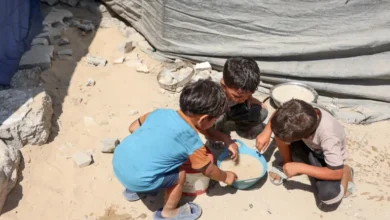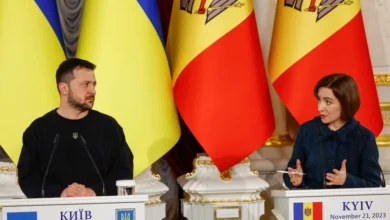Pahalgam attack: A simple guide to the Kashmir conflict
Pakistan and India continue to engage in war rhetoric and have exchanged fire across the Line of Control (LoC), the de facto border in Kashmir, days after the Pahalgam attack, in which 26 civilians were killed in Indian-administered Kashmir on April 22.
Since then, senior members of Pakistan’s government and military officials have held multiple news conferences in which they have claimed to have “credible information” that an Indian military response is imminent.This is not the first time South Asia’s two largest countries – which have a combined population of more than 1.6 billion people, about one-fifth of the world’s population – have found themselves under the shadow of potential war.
At the heart of their longstanding animosity lies the status of the picturesque valley of Kashmir, over which India and Pakistan have fought three of their four previous wars. Since gaining independence from British rule in 1947, both countries have controlled parts of Kashmir – with China controlling another part of it – but continue to claim it in full.What are the latest tensions about?
India has implied it believes Pakistan may have indirectly supported the Pahalgam attack – a claim Pakistan strongly denies. Both countries have engaged in tit-for-tat diplomatic swipes at each other, including cancelling visas for each other’s citizens and recalling diplomatic staff.
India has suspended its participation in the Indus Waters Treaty, a water use and distribution agreement with Pakistan. Pakistan has in turn threatened to walk away from the Simla Agreement, which was signed in July 1972, seven months after Pakistan decisively lost the 1971 war that led to the creation of Bangladesh. The Simla Agreement has since formed the bedrock of India-Pakistan relations. It governs the LoC and outlines a commitment to resolve disputes through peaceful means.On Wednesday, United States Secretary of State Marco Rubio called Pakistani Prime Minister Shehbaz Sharif and Indian External Affairs Minister Subrahmanyam Jaishankar to urge both countries to work together to “de-escalate tensions and maintain peace and security in South Asia”.
US Defense Secretary Pete Hegseth also called Indian Defence Minister Rajnath Singh on Thursday to condemn the attack. “I offered my strong support. We stand with India and its great people,” Hegseth wrote on X.




